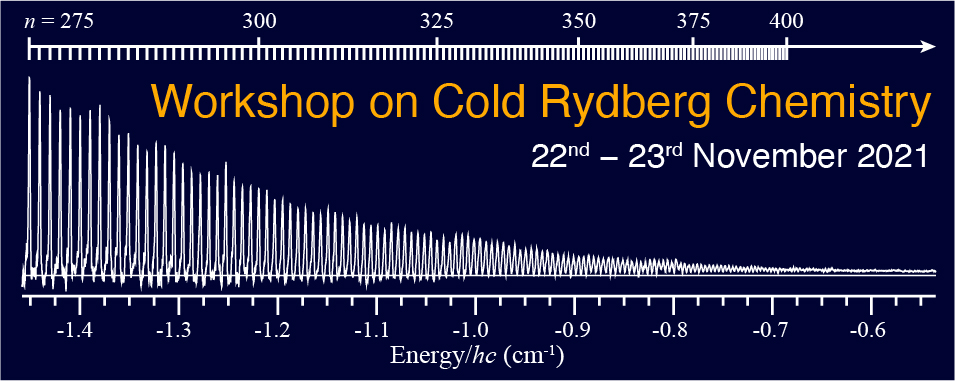Speaker
Description
Förster resonance energy transfer (FRET) refers to non-radiative exchange of energy between two particles, typically described in terms of resonant dipole-dipole interaction. When the separation between the particles becomes comparable to their size, however, the dipole approximation breaks down. This is expected for Rydberg atoms which possess large dipole moments and are thus ideal for the study of FRET, for example, when colliding them with polar molecules [1, 2].
Here, we study the multipolar character of FRET between Rydberg atoms and polar molecules. To this end, we develop a theoretical model for describing the scattering process considering dipole-dipole, dipole-quadrupole and dipole-octupole interactions. We determine the breakdown of the dipole approximation and assess the role of higher order contributions by computing the scattering cross sections. Moreover, we suggest to control the cross section in experiments by making use of the Stark effect of the Rydberg atom.
[1] M. Zeppenfeld, EPL 118, 13002 (2017)
[2] F. Jarisch and M. Zeppenfeld, NJP 20, 113044 (2018)

